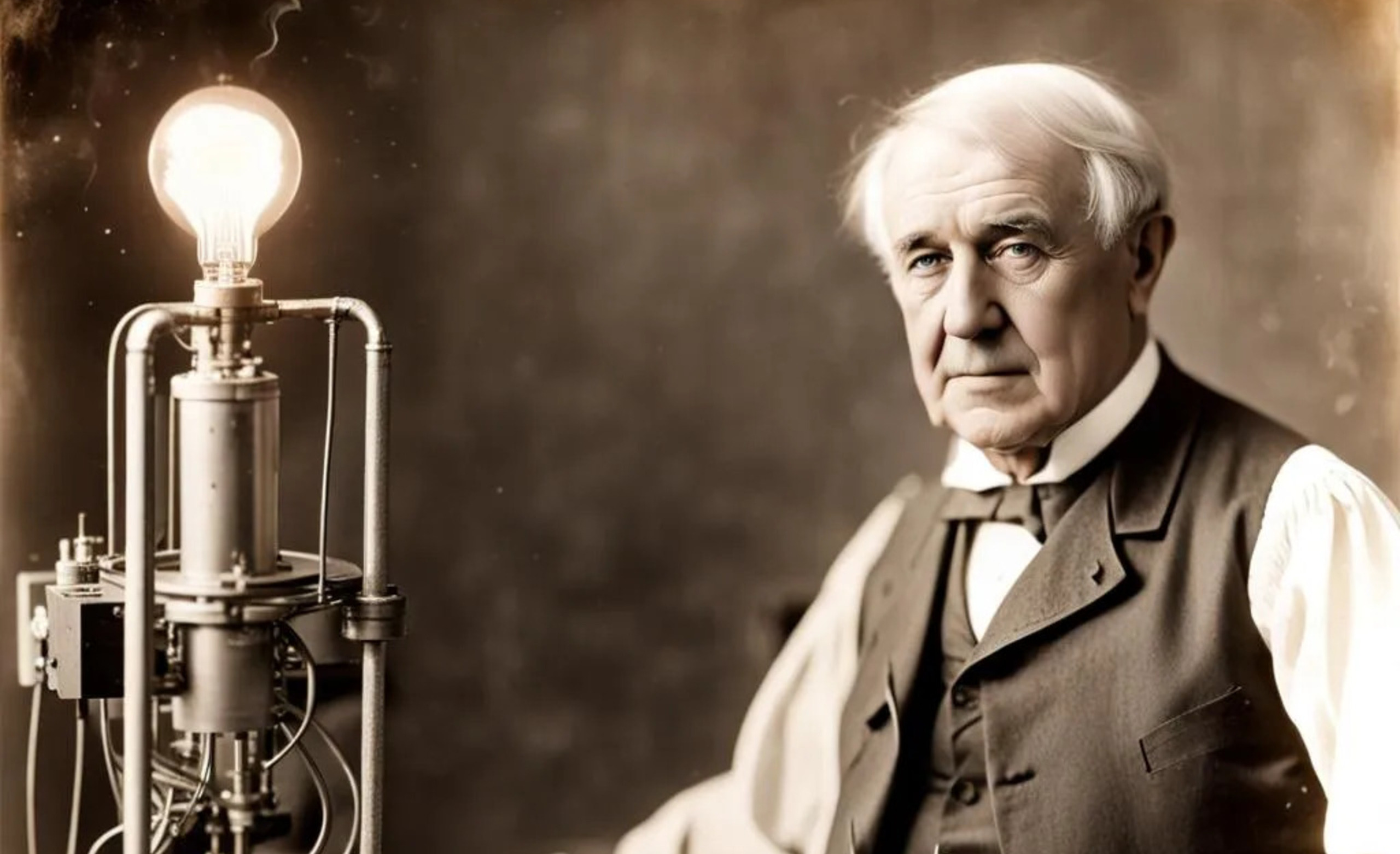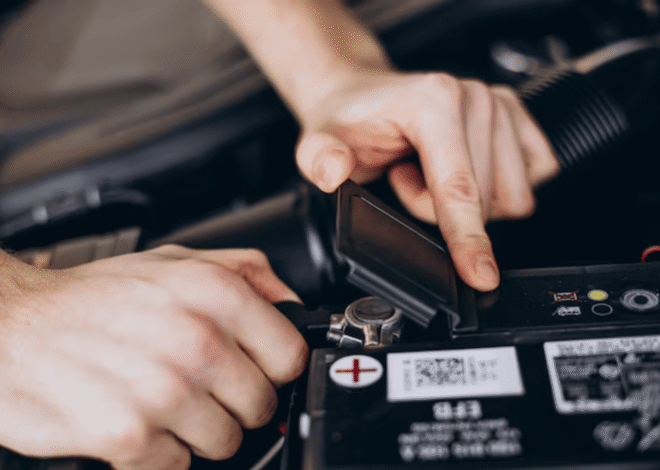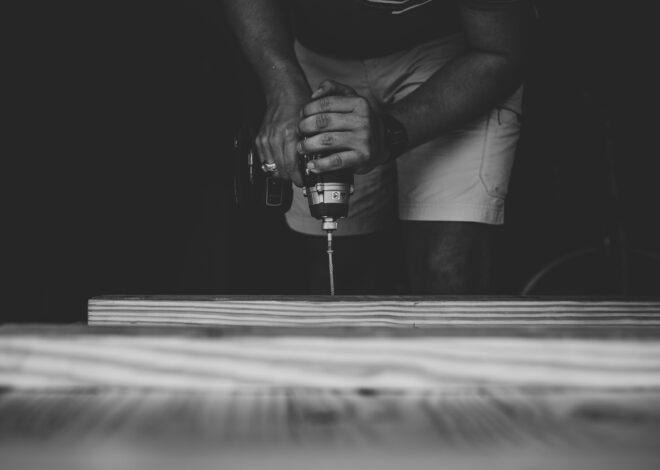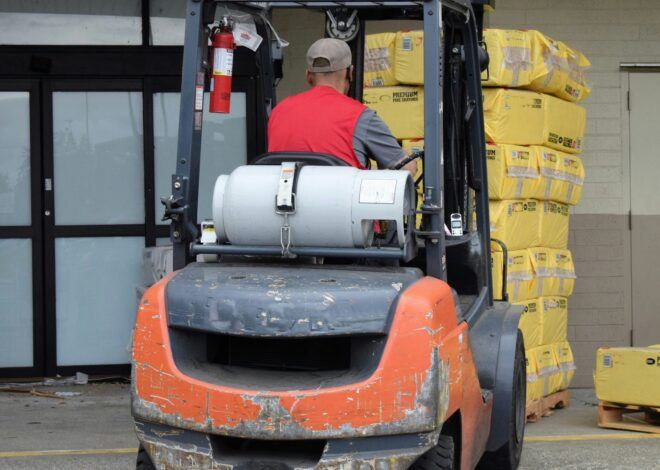
How To Build An Edison Generator
Whether you’re an avid DIYer or simply curious about sustainable solutions, learning how to build an Edison generator can be both a rewarding and exciting experience. The world of energy generation has evolved dramatically over the years, but one name stands out in history: Thomas Edison.
His innovative spirit led to the development of countless electrical devices, including a remarkable generator design that still captures imaginations today. If you’ve ever thought about harnessing the power of renewable energy or simply want to delve into an exciting DIY project, building your very own Edison generator could be just what you’re looking for.
In this guide, we’ll explore everything from understanding electricity’s core principles to step-by-step instructions on constructing this fascinating piece of technology. Whether you’re an experienced hobbyist or a curious beginner, creating an Edison generator is not only educational but also deeply rewarding.
Let’s dive into the electrifying journey of how to build an Edison generator!
Understanding the Principles of Electricity
Electricity is the flow of electric charge, primarily through conductors. This movement occurs due to the presence of charged particles, such as electrons and protons. When these particles shift from one atom to another, they generate an electric current.
Understanding voltage is essential. Voltage acts like pressure in a pipe, pushing electrical charges through a circuit. Higher voltage means more force driving the current. Resistance plays its part too. It hinders the flow of electricity and can be thought of as friction in our hypothetical pipe.
Materials with low resistance allow easier flow while high-resistance materials restrict it. We have alternating current (AC) and direct current (DC). AC changes direction periodically, making it suitable for long-distance transmission.
DC flows steadily in one direction and powers most small devices effectively. Grasping these principles lays the groundwork for building your own Edison generator.
Why Build an Edison Generator?
Building an Edison generator offers a hands-on experience with renewable energy. It empowers you to generate electricity using simple principles, making it accessible for DIY enthusiasts. This project fosters creativity and innovation.
By constructing your own generator, you engage in problem-solving and critical thinking. Moreover, the educational aspect cannot be overlooked. Understanding how electricity works enhances your knowledge of physics and engineering concepts.
It’s not just about creating power; it’s about grasping the underlying science that makes it possible. Cost is another factor. An Edison generator can save money on energy bills while providing a sustainable power source for small appliances or lighting needs.
Embracing this technology contributes to environmental sustainability by reducing reliance on fossil fuels. You’ll feel good knowing you’re part of the solution towards cleaner energy generation.
Materials and Tools Needed
To embark on the journey of building an Edison Generator, gathering the right materials and tools is crucial. Start with copper wire; its conductivity plays a vital role in energy transfer. Next, you’ll need magnets—strong ones are essential for generating electricity efficiently.
Neodymium magnets work wonders here due to their powerful magnetic field. A sturdy base made from wood or metal will provide stability. Don’t overlook screws and bolts; they hold everything together securely. For crafting your coil system, consider PVC pipe as a lightweight yet durable option for housing the coils.
Don’t forget basic hand tools like pliers, a screwdriver, and wire cutters—they make assembly much easier. A multimeter will help measure voltage output effectively during testing phases. Safety gear such as gloves and goggles should be part of your setup to protect against accidental mishaps while working with electrical components.
Step-by-Step Guide on Building an Edison Generator
Step #1: Building the Base
Creating a solid base is crucial for your Edison Generator. This foundation supports all components and ensures stability during operation.
Start with sturdy materials like plywood or reclaimed wood. You want something that can withstand vibrations and weight over time. Measure out dimensions to suit your generator’s size, considering the space needed for coils and the rotor.
Use screws to fasten corners securely. A well-constructed base helps minimize wobbling, which can affect performance.
Consider adding rubber pads underneath to absorb shock and reduce noise if you plan on using it indoors.
Once your base is ready, take a moment to check its levelness before proceeding. An uneven surface can lead to complications down the line, so ensure everything sits evenly before moving on in this exciting journey of building an Edison Generator!
Step #2: Creating the Coil System
Creating the coil system is a crucial step in building your Edison generator. The coils are responsible for generating electricity through electromagnetic induction.
Begin by selecting high-quality copper wire. The gauge of the wire matters; thinner wires can heat up quickly, while thicker ones may not generate enough current. Aim for an optimal balance to maximize efficiency.
Next, carefully wind the copper wire into tight coils around a non-conductive core. The number of turns will influence output voltage, so more turns typically yield better results. Secure each layer with tape or glue to maintain tension and prevent unwinding.
Once you’ve formed your coils, connect them to a magnetic rotor setup you’ll build later. Ensure all connections are solid and insulated properly to avoid short circuits during operation.
This part of the process sets the foundation for effective energy generation in your project.
Step #3: Assembling the Rotor
Assembling the rotor is a crucial step in building your Edison generator. Start by gathering the rotor components, including the shaft and magnets.
Carefully attach the magnets to the rotor. Ensure they are evenly spaced for balanced rotation. This balance is vital for efficiency and reducing vibrations during operation.
Next, secure everything tightly using bolts or screws. A stable assembly will enhance performance and longevity.
Make sure to test the alignment of the rotor within its housing before finalizing any connections. Proper alignment ensures smooth rotation without friction that could hinder power generation.
Once satisfied with your assembly, you can move on to wiring it into your system for optimal energy output. Take your time here; every detail matters in achieving an effective generator setup.
Step #4: Wiring and Connecting the Parts
When it comes to wiring and connecting the parts of your Edison generator, precision is key. Start by laying out all your components. This will give you a clear view of how everything fits together.
Next, make sure you have the right gauge wire for your connections. Thicker wires are better for handling higher currents without overheating. Carefully strip the ends of each wire to ensure good contact with terminals.
Connect the coil windings to the rotor using solder or secure connectors. Double-check that there are no loose ends; even minor mistakes can lead to inefficiencies or failures in power generation.
Connect your output cables from the generator to any devices or batteries you’re planning to use. Test every connection as you go along—this attention to detail will pay off in performance later on!
Tips for Maintaining Your Edison Generator
Maintaining your Edison generator is crucial for optimal performance. Regularly check the wiring and connections to ensure they are secure and free from corrosion. Loose or damaged wires can lead to inefficiencies. Keep the rotor clean. Dust and debris can hinder its movement, affecting power generation.
A gentle wipe with a soft cloth should do the trick. Inspect the coils periodically. Look for signs of wear or insulation damage that might compromise functionality. Don’t forget about lubrication! Apply appropriate oil to moving parts as needed to minimize friction and extend their lifespan.
Test your generator regularly under load conditions. This practice will help you identify any issues before they escalate into major problems, ensuring reliability when you need it most.
Benefits of Using an Edison Generator
Using an Edison generator offers significant advantages for those seeking alternative energy solutions. One of the key benefits is its efficiency in converting mechanical energy into electrical power. This makes it ideal for small-scale applications or off-grid setups.
Another advantage lies in its simplicity. The design of an Edison generator allows individuals to build and maintain their own units, fostering a sense of self-sufficiency. Environmentally conscious users will appreciate that these generators can be powered by renewable sources such as wind or water flow.
This reduces reliance on fossil fuels and minimizes carbon footprint. Edison generators are also versatile; they can be adapted for various uses, from powering tools to providing backup electricity during outages.
Cost-effectiveness plays a crucial role too. Once built, the ongoing operational costs are typically low compared to traditional generators, making them appealing for budget-conscious individuals looking to harness clean energy options.
Conclusion: The Future of Energy Generation
The Edison Generator represents a fascinating blend of history and innovation. As we look towards sustainable energy solutions, this generator stands out as an accessible option for DIY enthusiasts and eco-conscious individuals alike. With its relatively simple design and reliance on common materials, it opens the door to hands-on learning about electricity generation.
Building your own Edison Generator not only provides practical knowledge but also empowers you to take control of your energy needs. As renewable resources become increasingly vital in our quest for sustainability, embracing technologies like the Edison Generator can lead us toward a more self-sufficient future.
By harnessing this technology, you contribute to a broader movement towards cleaner energy sources. The experience gained from constructing your generator may inspire further exploration into innovative power solutions that align with environmentally friendly practices.
As interest in alternative energy continues to grow, projects like building an Edison Generator serve as valuable stepping stones toward understanding electricity’s role in our world. Whether you’re looking to reduce your carbon footprint or simply experiment with electrical engineering principles, creating an Edison Generator is a rewarding endeavor worth pursuing.







Jack Taylor,
Your guide on building an Edison generator is incredibly comprehensive and well-written. It’s clear you’ve put a lot of effort into making the complex process of creating a generator accessible to a wider audience. I particularly appreciate the emphasis on safety and the detailed explanations of the underlying electrical principles.
The step-by-step instructions, coupled with the material list, make it an efficient guide for anyone interested in embarking on this DIY project. The discussion of the benefits, including cost-effectiveness and environmental sustainability, adds significant value.
I do have a question, though. You focus exclusively on Edison’s generator. While his contributions are undeniable, how do his designs and principles compare to those of Nikola Tesla, particularly in terms of efficiency and practicality for a DIY project? What would you suggest as a simple DIY project that incorporates principles from *both* Edison and Tesla, allowing someone to explore the contrasting approaches of these two giants of electrical engineering?
Sincerely,
Eric
Hi Eric,
Thanks for stopping by and sharing your thoughts on how to build an Edison generator. Building an Edison generator is not as hard as it seems if you follow the step-by-step instructions in the article. It does help to be mechanically inclined for an easier build.
I not not only focus on the Edison generator but others as well. Such as a solar powered generator, wind powered generator and a free energy generator to name a few. All you have to do is click on the Energy category to find those generators as well. They all feature step-by-step instructions too.
Nikola Tesla is famous for his free energy system and his contribution to (AC) alternating current which we still use today compared to Edison’s (DC) direct current which was not as efficient. Edison gets most of the credit in the history books while Nikola Tesla has been mostly forgotten.
Best wishes Eric,